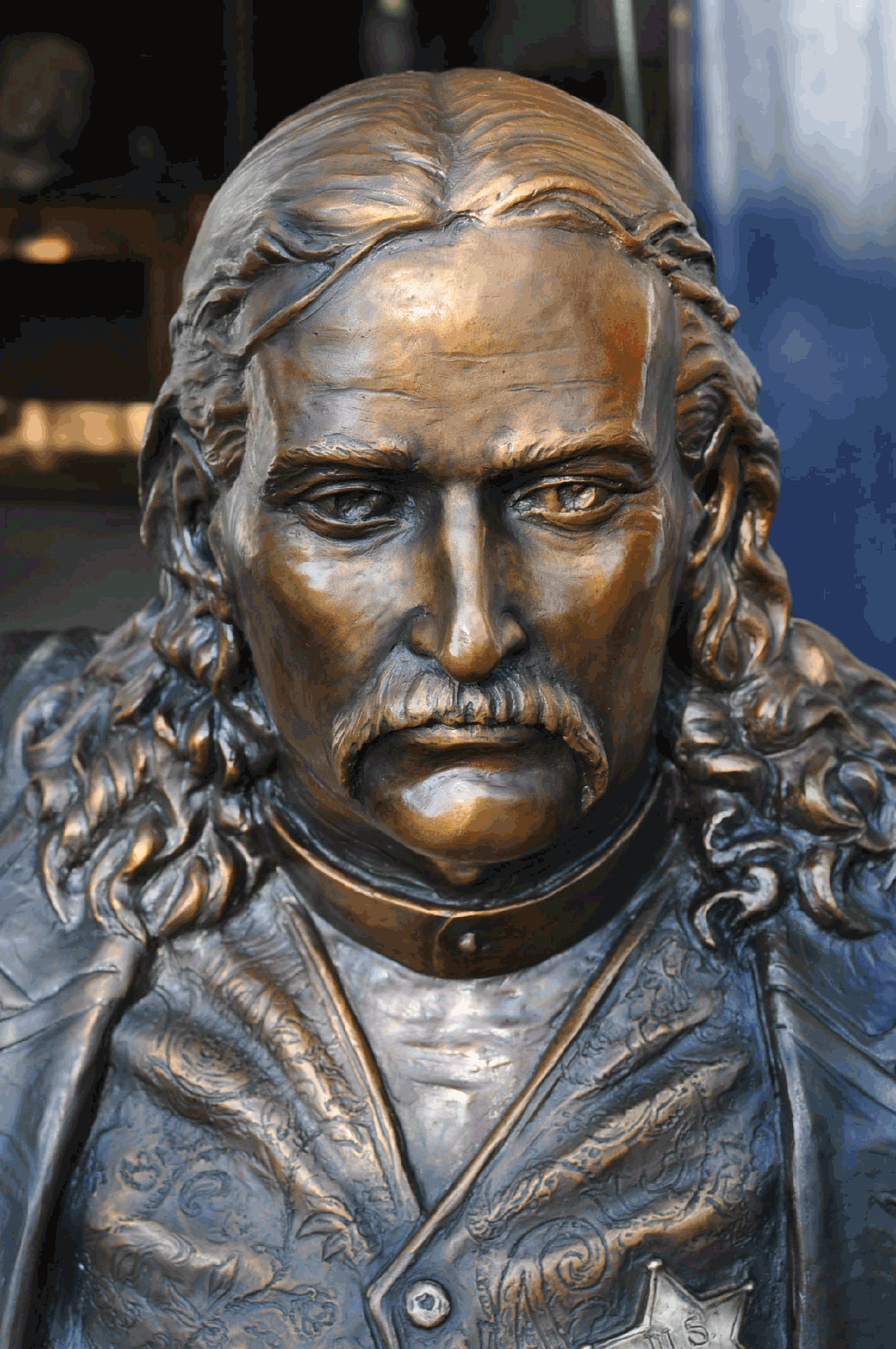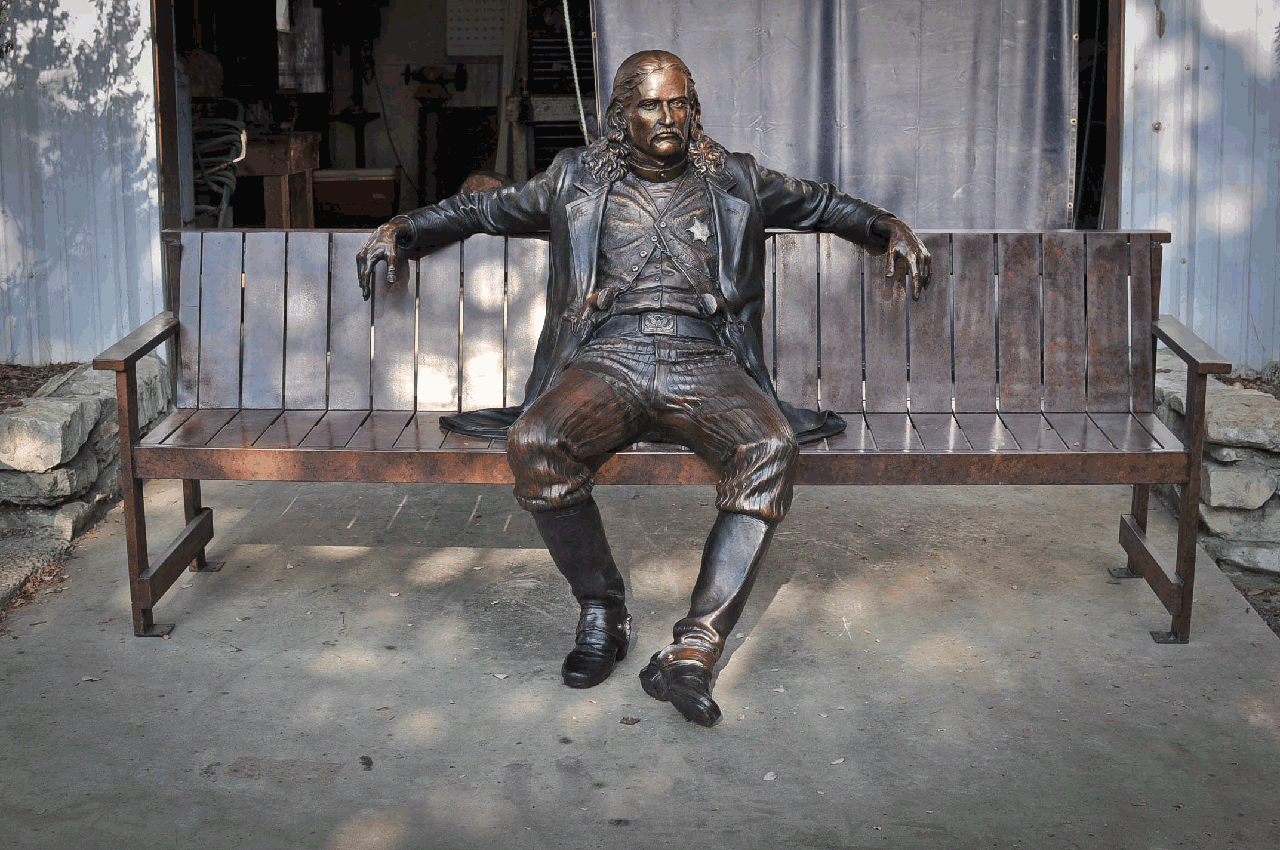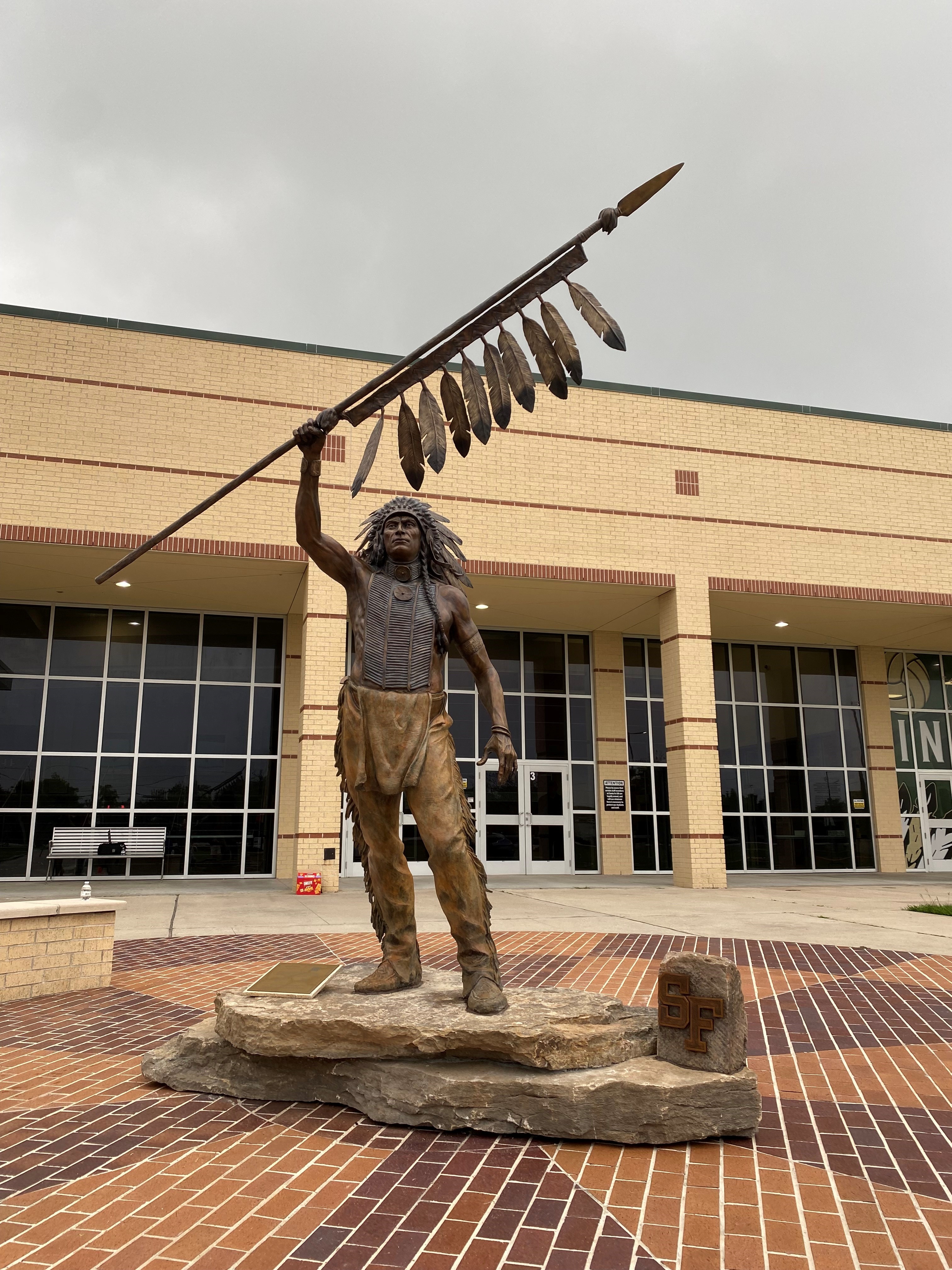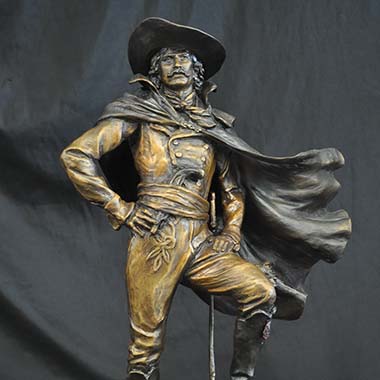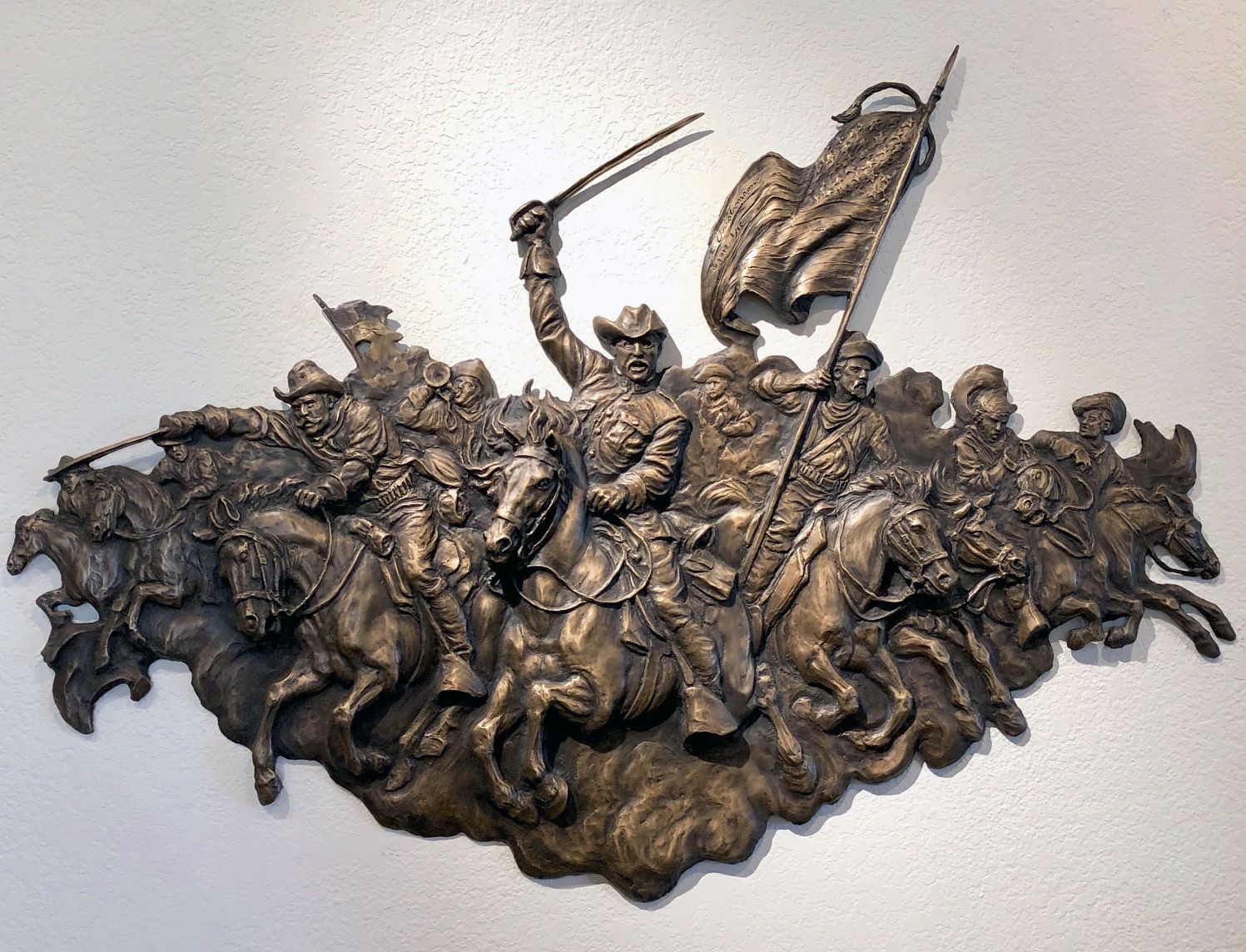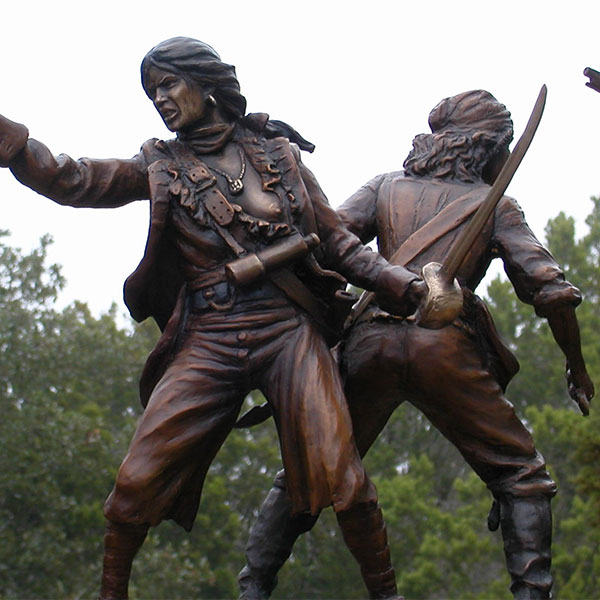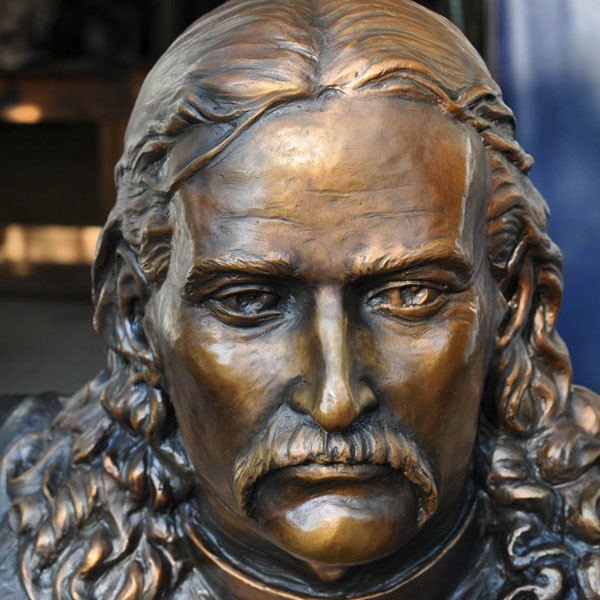Wild Bill Hickock
GUNFIGHTER, SCOUT, LAWMAN
Brief
I’ve been interested in Wild Bill for a long time. James Butler Hickok (May 27, 1837 – August 2, 1876) is one the most iconic folk heroes of Old West. He was a gunfighter, scout, and a lawman. Ironically, Wild Bill headed west as a fugitive from justice, and after a brief stint as a stagecoach driver, he became a sheriff in Kansas and Nebraska. Between his law-enforcement duties and gambling, Hickok was involved in several notable shootouts.
His career and fame ended in Deadwood, SD, and there are reports he had a premonition that Deadwood would be the last place he’d hang his spurs. The premonition turned out to be true.
On August 2, 1876, Hickok was playing poker at Nuttal & Mann’s Saloon in Deadwood. Although Hickok usually sat with his back to a wall, on this occasion the only seat available in the game he joined put his back to a door. Twice he asked another player, Charles Rich, to change seats with him, and on both occasions Rich refused.
An ex-buffalo hunter named Jack McCall (aka “Broken Nose Jack”) walked in unnoticed and positioned himself a few feet behind Hickok. Broken Nose Jack drew his pistol and shouted, “Damn you! Take that!” before firing at Hickok. McCall’s shot to the back of Hickok’s head killed him instantly.
The Dead-Man’s Hand
When he was shot, Hickok was holding a pair of aces and a pair of eights, all black. Ever since, this combination of cards became known as the Dead-Man’s Hand.
At the time of his death, Hickok had killed 36 men and several more deaths are attributed to him without proof. Hickok was originally buried in the Ingelside Cemetery, Deadwood’s original graveyard. The cemetery filled quickly, and in 1879, on the third anniversary of his original burial, Hickok was moved to the new Mount Moriah cemetery. Oddly, when Hickok’s body was exhumed it was noted that while perfectly preserved, Hickok had been imperfectly embalmed. Consequently, the calcium carbonate in the surrounding soil had replaced the flesh leading to petrifaction. In other words, Wild Bill had essentially become petrified like an ancient tree. One of the workers, Joseph McLintock, wrote a detailed description of the re-interment. McLintock wrote that he used his cane to tap the body, face, and head, noting the sound was similar to tapping a brick wall. Although Mclintock believed Wild Bill’s remains weighed more than 400 lb., William Austin, the cemetery caretaker, estimated the body weighed 500 lbs., which made it difficult to carry Wild Bill to his final resting place.

